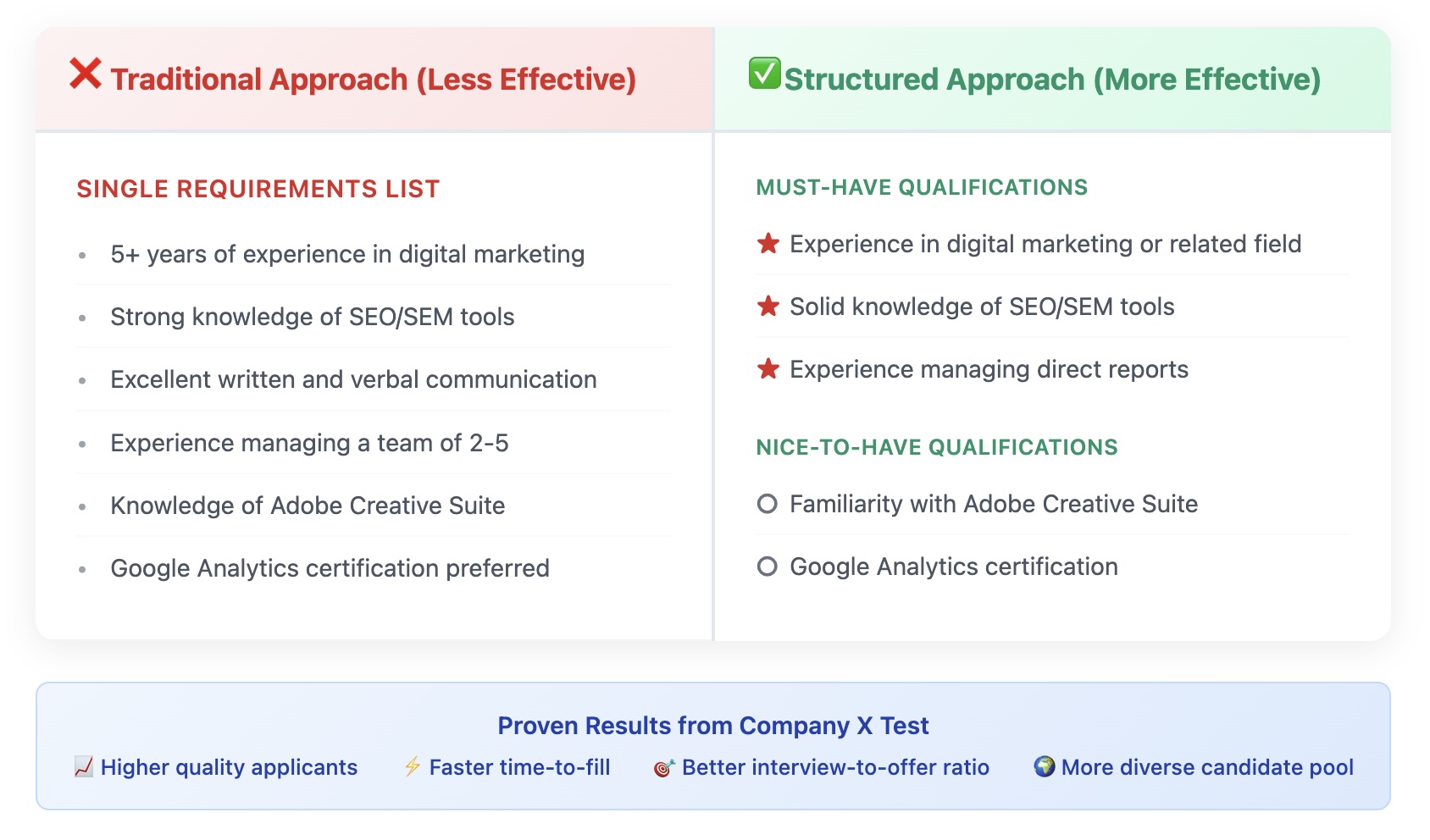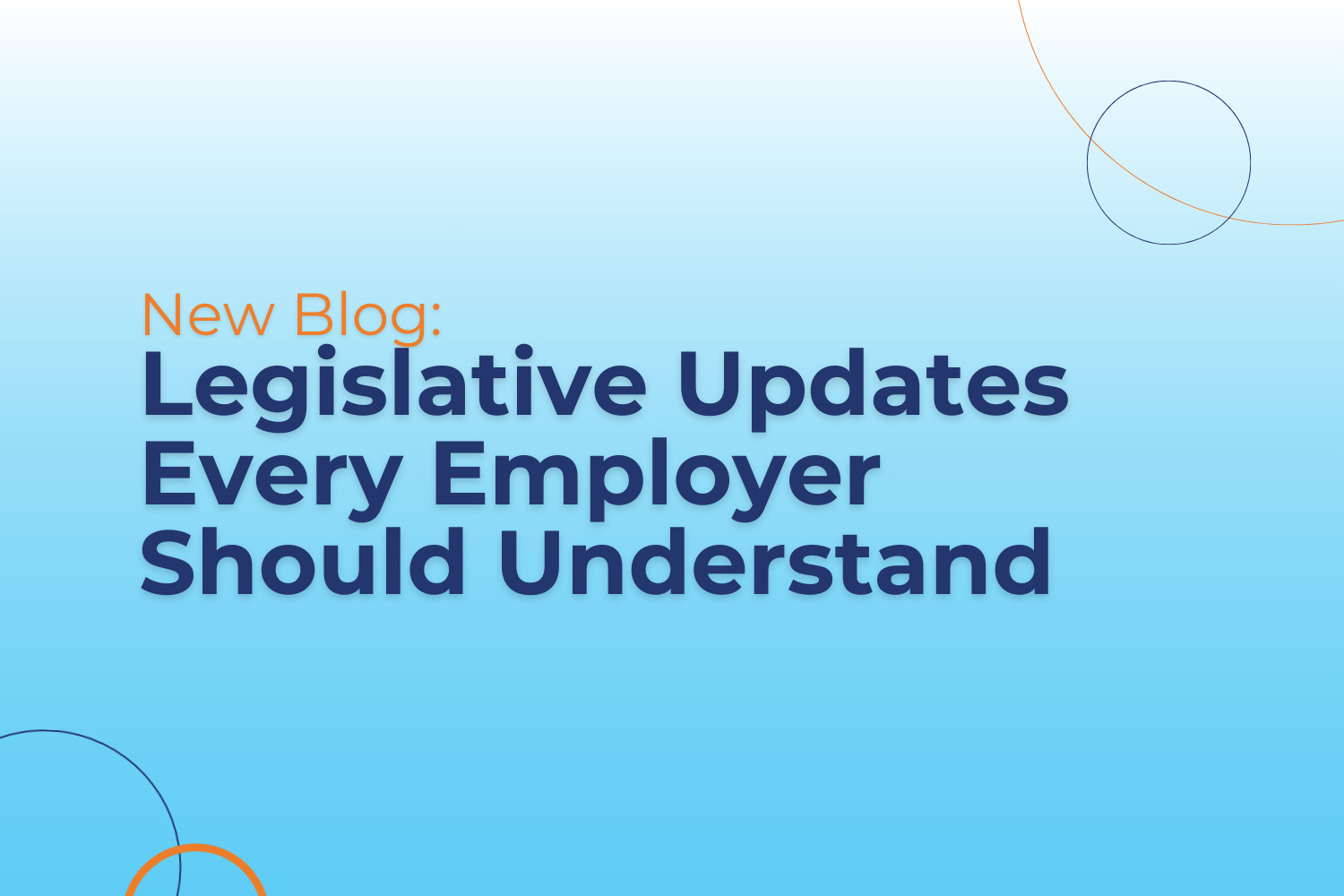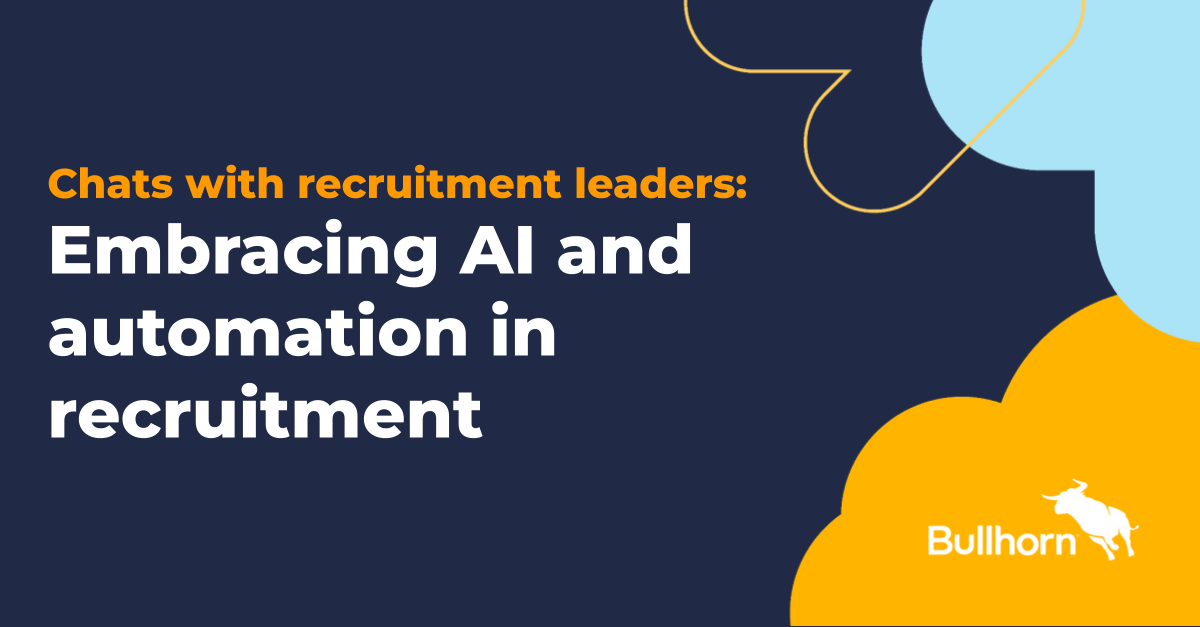Benefits leaders are under pressure to manage rising costs at their organizations.
And as Freddie Mercury sang in Queen’s famous song with David Bowie: “it never rains, but it pours.” Years of increased spending in the healthcare sector coupled with the possibility of a global recession mean that total rewards leaders are dealing with challenges on multiple fronts.
Rising benefit costs were the top issue influencing US employers’ benefit strategies this year, with 90% of respondents citing this factor, up from 67% in 2023, according to a recent report from advisory and brokerage firm WTW. Costs have since eclipsed competition for talent and focus on inclusion and diversity, which were the top issues when WTW did the same study in 2023 and 2021, respectively.
Over the last year or so, US healthcare spending has been rising at the fastest rate in two decades, according to the American Medical Association. That could be due to factors such as innovation, provider consolidation, and the role of intermediaries like pharmacy-benefit managers, said Jeff Levin-Scherz, population health leader with WTW and an assistant professor at Harvard’s T.H. Chan School of Public Health. As a result, “employers are paying much more attention to total cost.”
How benefits leaders are navigating higher health costs. Total rewards professionals tend to be particularly focused on healthcare because it tends to be their biggest area of investment, Levin-Scherz said.
The cost of medical care has risen at a higher rate than overall consumer prices over the past 20 years, according to a KFF analysis of the Bureau of Labor Statistics’s consumer price index. This helps explain why economists tend to think of healthcare as having a “crowding out” effect, in that it “has become so expensive that it crowds out other benefits, including benefits that might be very valuable to workers,” Levin-Scherz said.
When looking at healthcare, HR is trying to figure out how to “keep giving people the benefits that they value highly without having to charge more,” Levin-Scherz said. The share of employers that reported they “plan to reallocate or rebalance” how much they spend on benefits jumped precipitously year over year, from 8% to 63%, according to the WTW survey.
Some strategies HR leaders may consider to better manage their healthcare budget include looking critically at the carriers and pharmacy benefit managers they work with to ensure “they’re getting the best value from those.” They may also consider referring employees to “centers of excellence” for complicated surgeries—these centers specialize in certain services and earn their accreditation based on factors such as quality and cost of care.
Quick-to-read HR news & insights
From recruiting and retention to company culture and the latest in HR tech, HR Brew delivers up-to-date industry news and tips to help HR pros stay nimble in today’s fast-changing business environment.
The challenge with some of these approaches is they require additional investment, Levin-Scherz noted. “Many employers are in a bind where they’re looking for cost savings now, as opposed to waiting,” he said.
Tech to the rescue? Part of the reason HR leaders face challenges managing their total rewards budget is that their benefits portfolios have grown considerably in recent years with the market for so-called point solutions, which refer to benefit programs designed to solve a single problem.
Adoption of point solutions went up during the first years of the Covid-19 pandemic, as employers added offerings in areas such as family planning and mental health to better compete for talent in a competitive labor market, according to Dave Guilmette, CEO of benefits-focused technology firm Alight.
“Now we’re in a different world where there’s an increasing financial pressure that’s being felt, and these employers haven’t necessarily seen the return on those investments,” he said. Given a Fortune 200 company may spend north of $1 billion on their benefits portfolio, they want to ensure they’re getting the “bang for the buck,” with the intended health outcomes they’d hoped for, Guilmette explained.
Measuring ROI is about more than just delivering “the best value you can for the least amount of spend,” Guilmette said. Increasingly, employers are looking for “ways to drive a higher level of appreciation” among their employee base, which often comes down to educating them about what they offer, and connecting them with the right benefits during critical moments, he noted.
Alight offers technological solutions to this end, and other companies are starting to do so as well. Workday launched an AI-powered tool last September that offers real-time insight into how employees are using their benefits and wellness offerings.
The hope is that the tools like these may help total rewards leaders to “fully capture the return on their investment for benefits” with data that’s “as current as possible,” said Cristina Goldt, Workday’s general manager of workforce management and payroll.











